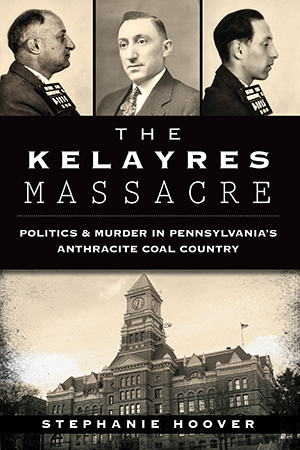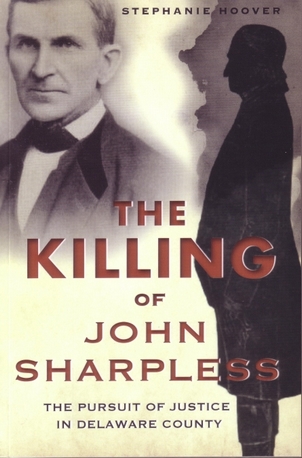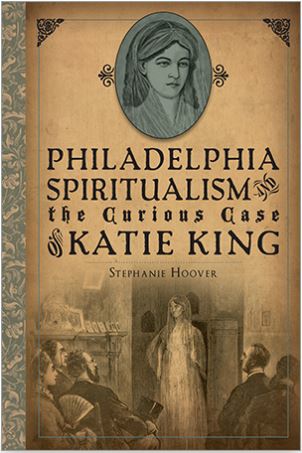Pennsylvania's Harmony Society
© Stephanie Hoover - All Rights Reserved
George Rapp was born at Iptingen in Wurtemberg, Germany in October of 1757. The son of a farmer, he left school to help his family tend the fields and vineyards. Rapp married at the age of 26 and this union produced a son and a daughter. He later adopted a second son named Frederick.
Like many working-class Germans, one of the few books in his home was the bible, of which Rapp became an enthusiastic student. At 30, he felt compelled to begin preaching from his home. He quickly developed a following - a fact not lost on the local clergy who denounced Rapp and his flock as separatists. Over the course of six years, Rapp's congregation grew to several hundred families, however, the antagonism between him and the established church grew as well.
In 1803, he determined to find a place in America where he and his followers could freely worship without fear of persecution. He set sail, landing at Baltimore. After visiting a number of sites, Rapp determined that a forested area 25 miles north of Pittsburgh, in Butler County, would be the perfect spot for settlement. In July of 1804 the ship Aurora brought the first group of Rapp's congregants to Pennsylvania. Here they not only founded the Harmony Society, they also established their own religious utopia, the town of Harmony.
The guiding philosophy of the Harmony Society was that all members equally shared in the assets and labors. Upon entering the society, one had to sign over all fortunes, although these were paid back (without interest) if one decided to leave. Those who remained were promised lifetime care, providing they followed Rapp's word and performed their fair share of the work.
George Rapp practiced and preached the simple principle of "work is worship." He believed, much like the Shakers, that producing goods with ones own hands was a means of honoring God. Rapp also believed fiercely in the second coming of Christ and felt he was preparing himself and the society's members for this event. His interpretation of the bible was unique. He taught followers that God, and therefore Adam, was both male and female. As such, man's downfall was caused by Adam's desire to have his female half separated from him and given as a mate. For this reason, Harmonists lived lives of celibacy. And, unlike other religions, Harmonists did not proselytize, believing instead that their example alone would draw new members.
Having been founded largely by Germans of the mechanic class, Harmony quickly became a center of manufacture. Within two years there were, in addition to more than 50 log homes, a barn, hotel, tannery, distillery, warehouse, and mills. The Harmonists cultivated rich farm fields and tended vineyards and orchards. Seven-hundred members accumulated 7,000 acres of land within five years of Rapp's arrival in America. But by 1814, Rapp recognized several problems with his selection of the Butler County site. For one thing, it presented no river access. Manufactured goods, for which the society had developed a large market, could only be shipped via waterway. Additionally, it did not produce the lush vineyards that Rapp had hoped to grow. After discussion with the members it was determined that the society should purchase and move to 30,000 acres in Posey County, Indiana.
As they had done in Pennsylvania, the Harmonists rapidly built a town with even larger factories and facilities. It was located about 23 miles northwest of Evansville and named New Harmony. Unlike Pennsylvania, however, the farming was difficult and their new neighbors were not as welcoming. In addition, malaria had spread through the group, a by-product of the wet environment along the Wabash River. In 1824 the Harmonists sold their Indiana town and returned to Pennsylvania, this time to Beaver County.
It was in this third town, named Economy, that the Harmonists enjoyed their most prosperous days. Near Pittsburgh and its waterways, they were easily able to sell their agricultural and manufactured wares to consumers who were appreciative of their outstanding quality. The lovely, well-tended town was only six streets in size: two running parallel to the Ohio River with four streets crossing these at right angles. There was a church, woolen and cotton factories, a store, steam sawmill, distillery, tannery, concert hall, museum, "mathematical drawing school," and library. The Harmonists even imported silkworms so they could produce their own silk. In 1831 there were two hundred houses and 900 members. By the 1850s the property had an estimated value of $8 million.
Visitors to Economy spoke of it in near fairy tale fashion. The town's factories were heated by steam in the winter, making them comfortable places to work. Fresh flowers decorated the workrooms and the singing of hymns could be heard during lunch and at the end of the day. Nearly all members of the society could play musical instruments and much devotion was given to artistic pursuits.
George Rapp was a beloved, respected man who looked after the Harmonists almost as children. And, like a father, he meted out punishment such as temporary banishments from church services if he felt such measures were required.
In keeping with Rapp's belief that worldly goods were second to worship, the Harmonists were large charitable givers. As pacifists, they donated large sums toward soldiers' relief funds, and even paid for draft substitutes for area men called to serve in the Civil War. Their beautiful, two-story hotel was a favorite getaway for residents of Pittsburgh. In the evenings it served as a food pantry where the hungry came for a free, hearty meal.
In all, the people of Beaver County recognized the Harmony Society as a peaceful, prosperous asset to their community.
On August 7, 1847, at the age of 90, George Rappleader, preacher and father-figure died. Romulus Baker and Jacob Henrici succeeded him. The two men were faced with a diminishing membership (and therefore labor force), the natural circumstance of a celibate society. To maintain the required level of revenue, they expanded the society's ventures to include outside industries. These efforts were initially successful and the Harmonists soon found themselves wealthy partners in the railroad, coal and oil businesses.
The death of Baker brought the ascension of Jonathan Lenz, another lifelong member. Upon Lenz's death, however, Henrici (the remaining "elder") worked with a succession of trustees, the last of whom was a man named John Duss. By the end of the 19th century few members remained and those who did - contrary to their commitment to celibacy - voted to allow Duss and his wife to assume leadership. The Dusses liquidated most of the society's holdings to pay debts and in 1903 the town of Economy was sold to the Liberty Land Company. By 1905 the only surviving Harmonists were Duss's wife and one Franz Gillman. Against everything that the Harmony Society stood for, the two divided the remaining assets, nearly $1.3 million, rather than giving it to the state as George Rapp had decreed.
Though Rapp's utopian experiment may have ultimately failed, during its existence the Harmony Society was a peaceful, prosperous group, admired by those outside of its membership. As John Humphrey Noyes wrote in 1870, the Harmony Society is:
A notable example of what a hundred families can do when they have the wisdom of harmony, and fight the battle of life in a solid phalanx! ~SH


